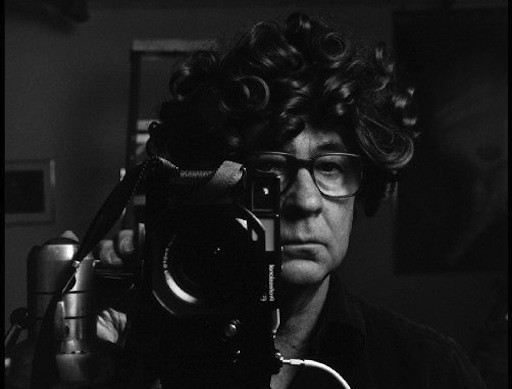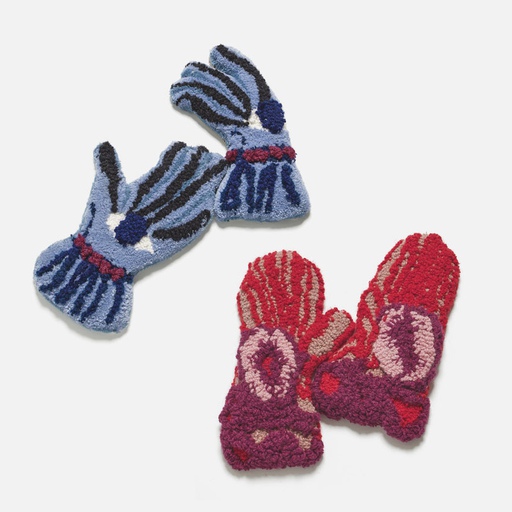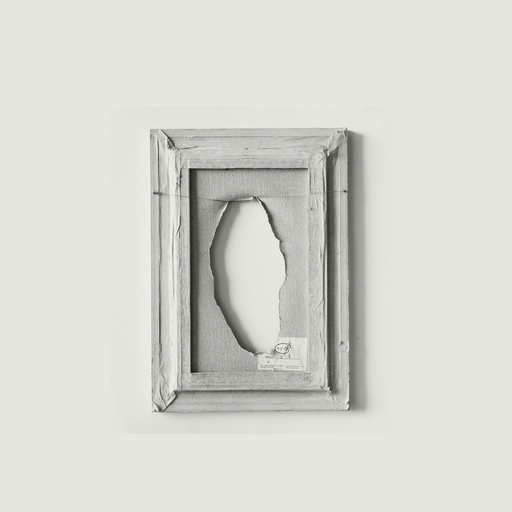At 86, the Magnum photographer Elliott Erwitthas led an extraordinarily rich career, capturing pictures of everything from Hollywood celebrities to Pope John Paul II. Artspace editor-in-chief Andrew M. Goldstein spoke to Erwitt about his friendship with Magnum co-founder Robert Capa, what it was like to photograph Marilyn Monroe, his obsession with taking pictures of dogs, and his satirical alter-ego Andre S. Solidor (aka A.S.S.)—a louche, beret-wearing parody of an egotistical artist that led the London Independent to call Erwitt "the Sacha Baron Cohen of the photographic world."
Can you talk a bit about when you signed up to be a Magnum photographer? What led you to join?
I was invited to join as a full member by Robert Capa in 1953. I met him in New York when I was going around showing my portfolio, trying to get work, and he happened to be in New York at the same time. Then I was in the Army from '51 to '53, but I kept in touch with him and Magnum, which was very small at the time. It was just a little place.
What were you doing in the war?
I did not see any combat. This was during the Korean War, and I was drafted and got lucky enough not to get sent to Korea. I went to Europe instead.
What was it that made being a Magnum photographer appealing to you?
Making a living. Actually, [photographer and former MoMA photography curator Edward] Steichen also helped me. He got me a job in an advertising agency. Capa was kind to me and referred me to Roy Stryker [the Farm Security Administration who hired the greatest photographers of the day to document economic woes in the heartland] . It was just a network. It was a different time.
What did it mean to be a Magnum photographer back in the early days, when it was such a small operation?
It meant being with people you admired. Notably, Henri Cartier-Bresson and Capa and David Seymour—people like that. People who became my friends. But it was a small agency, and we were presenting photographers and their work to magazines. So you didn't work alongside each other, really—you worked for the magazines. But I saw them socially sometimes, though not Henri so much because he was traveling in the Far East at the time, and Capa was only in New York on occasion. He essentially lived in France when he wasn't on assignment.
They were older than you. Would you say you learned anything from them?
You learned everything from them. You didn't learn how to take pictures, but you learned how to live from them. Just how to conduct your life. These were models to emulate&emdash;their character, not their working process. Your working process is your own. But it was their interest in the human condition and the real world [that I admired]. It was a different time.
You're highly regarded for your ability to capture that "decisive moment" that Cartier-Bresson wrote about.
That's kind of a cute cliché but, yeah, okay.
How do you find your photographic subjects?
I don't know. You just look. My photographic life is divided into two sections: the amateur and the professional. In the professional one, you have to do what people want, what they expect from you. In the personal one you just take pictures of things you see that interest you. Obviously I prefer the personal ones, but I like my profession a lot. I don't make any excuses for it.
Coming back to Magnum, today the agency is renowned today for its connection to war photography and far-flung photojournalism from around the world. What would you say is the aesthetic calling card of a Magnum photographer?
The calling card is people who are good photographers and deal with the human condition. War photography... some people have done it and done it very well, but that's just part of it. In my opinion, it's not the significant part. Good photography is the significant part, whether it's war or peace or whatever in between.
Your work has predominantly chronicled the personal life, putting your sympathetic—or sometimes satirical—lens on individual people. One of these people was Marilyn Monroe, and you managed to capture a side of her that you don't see in other photographs. What was it like working with her?
Well, I photographed a lot of people and she was one of them. That's what photographers do. They take pictures of people whether they're famous or not. And working with her was the same as working with anybody else. She's an attractive person; you take pictures of her. She was very pleasant and accommodating and I think we had a good relationship, as brief as it was. It would be difficult to take a bad picture of her, she's very photogenic.
Which of the people you've photographed over you career have left a particularly strong impression?
I've photographed a lot of people. Popes, presidents, actors, historians you know, I've been quite active. So any and all of them. They're all interesting. But I think clergymen are kind of amusing.
What is it about them that appeals to you?
They're ridiculous figures in my view, so it's easy to make fun of them.
In terms of your more humorous work, you have devoted a passionate fan base of dog lovers for your whimsical, absurdist photos of canines and their human wards. How did this body of work arise? What is it that particularly appeals to you about dogs?
I look for dogs who are sympathetic and photogenic, the same as people. In fact, I think dogs are people with more hair. I had a dog until about three months ago. My 17-year-old Cairn Terrier Sammy died of old age. I don't love all dogs equally, but I like it when they seem to be friendly and accommodating and unquestionable in their loyalty. I like my dogs better than other dogs.
Another motif that runs through your work is your interest in the female nude.
Yeah, I like naked girls. Is that what you mean? I've taken a few pictures of people without clothes, especially in nudist camps. In fact, I made a couple of films in nudist camps because it's a funny place, but not because of any classic interest in the nude.
Tell me about your alter ego, Andre S. Solidor. How did he come about?
Andre S. Solidor, A.S.S. for short. The reason for I created him is that it seemed amusing to me to make fun of the art world, and that's what I did. I made a book making fun of the current art scene. He's someone with this kind of pompous view and models with big tits, that kind of thing. He's from French Guiana.
What inspired you to satirize the art world in this way?
I must have had a bad dream or something, I don't know. I find that world amusing, and I think it's fun to make fun as long as you don't do anything vicious. Good clean fun is okay in my book.
What do you hope people get out of your work?
I hope that they'll be amused, perhaps instructed, and that some kind of emotion will be extracted from them, good or bad. If that happens, I'll be happy.
What do you think is an artist's responsibility in society?
I guess if someone is a so-called artist it means that he has a special talent for translating the visual into something that communicates an emotion to people, that teaches them something or points something out that they wouldn't have known on their own. If one does that than one has achieved one's goal. Communication, I think that's what it's about.
Meet the ArtistElliott Erwitt on Photographing Popes, Presidents, and Marilyn Monroe
























